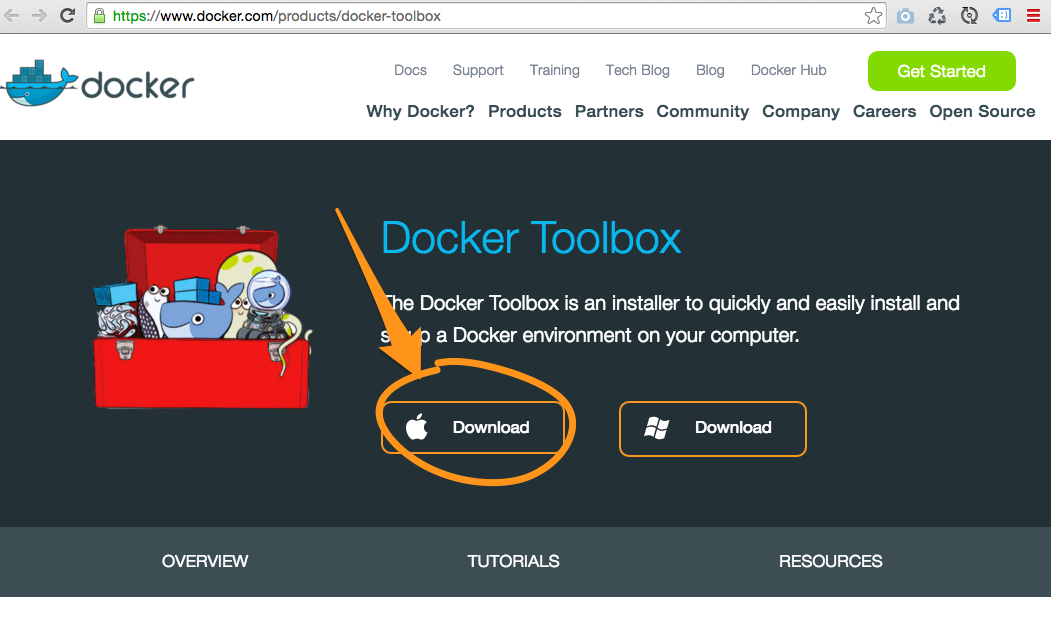

When you’ve found the image you want to run, you can click “Create” to pull, create, and run the container.

The “New Container” page lets you search for and select from images on the Docker Hub. See Working with a container for more details. You can click on any container to view its logs (the output of the main container process), restart, stop or exec sh in that container. The container list includes all containers, even those not started by Kitematic, giving you a quick over-view of the state of your Docker daemon.
#KITEMATIC MAC FULL#
This extracted directory structure includes the full platform, your files are buried underneath the platform in the sites directory as shown below.Kitematic lists all running and stopped containers on the left side, underneath the “New Container” link. This allows you to change the makefile and run the rebuild from makefile option or replace the database.sql file and have the next docker created use the new database. You can always rebuild the docker and if the directory matching the tar.gz exists it will not be overwritten. thingsĪfter the first time you extract the image it will not re-extract the backup over your files so you don’t have to worry about the docker image being deleted after use. You can point navicat or some other gui mysql at 192.168.99.100:3306 and access the database with drupal:drupal. To show what ports kitematic opened to the docker VM (80,443,3306) click the settings tab and then ports: If we change this to we get a self-signed certificate warning and after accepting your imminent death you can access a secured version of the site. This is because Kitematic runs a headless virtualbox instance with docker inside of it. Notice the web address is not in the local subnet. We see the logs of apache running in the terminal and if we click the red highlighted web preview area we get our backup opened in the default browser. We can restart apache if need be, run a drush registry rebuild, make a snapshot of the mysql database, enter the mysql CLI in the container, or open a shell at the site directory location to run additional drush commands in the container. We can make modifications to the makefile in our extracted directory and rebuild from it.

Really for kitematic users the only part we care about this is the task menu portion. Now we are greeted with a fun interactive menu. The only real time you’d want to say no to this is if you’d like to run multiple backups at the same time and you don’t care about https. Here we want to start the container and normally we will say yes to binding on 80,443, and 3306 because this gives us https access to the site.
#KITEMATIC MAC INSTALL#
Install and open kitematic from current version is 0.7.2Ĭd into the drupal_docker folder we checked out earlier it should look something like this:Īnd you’re all set to get this backup up and running by running start.sh. After downloading it put it in the drupal_docker folder. Grab your from central by clicking Export and then Get.

Let’s just dive in and clone the docker new-backup branch git clone -b new-backup
#KITEMATIC MAC HOW TO#
Follow the instructions on my first blog post about how to get docker set up


 0 kommentar(er)
0 kommentar(er)
